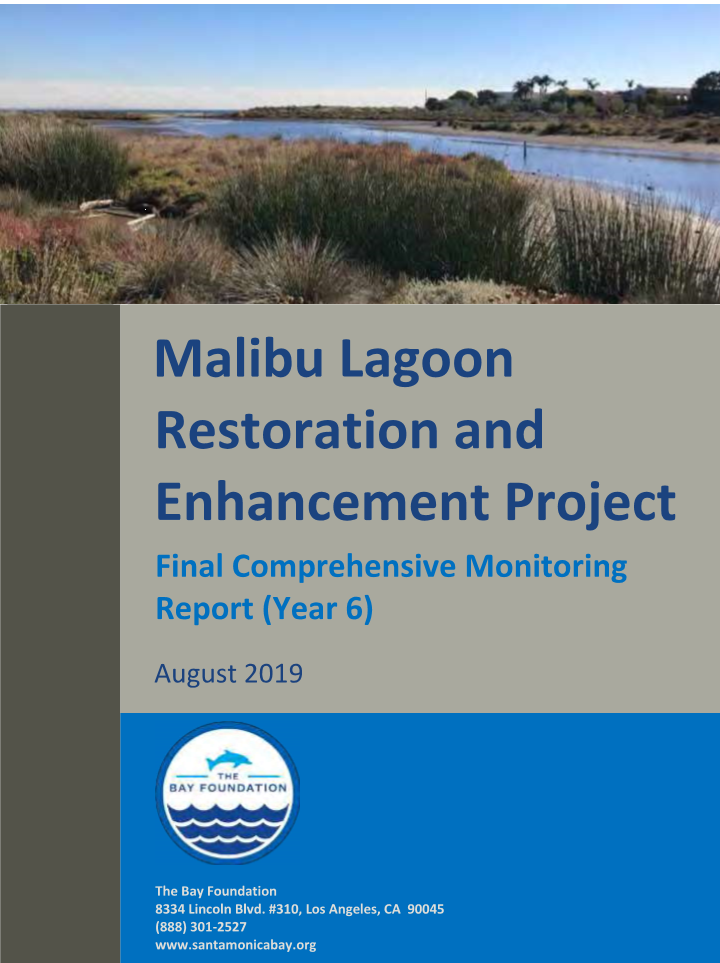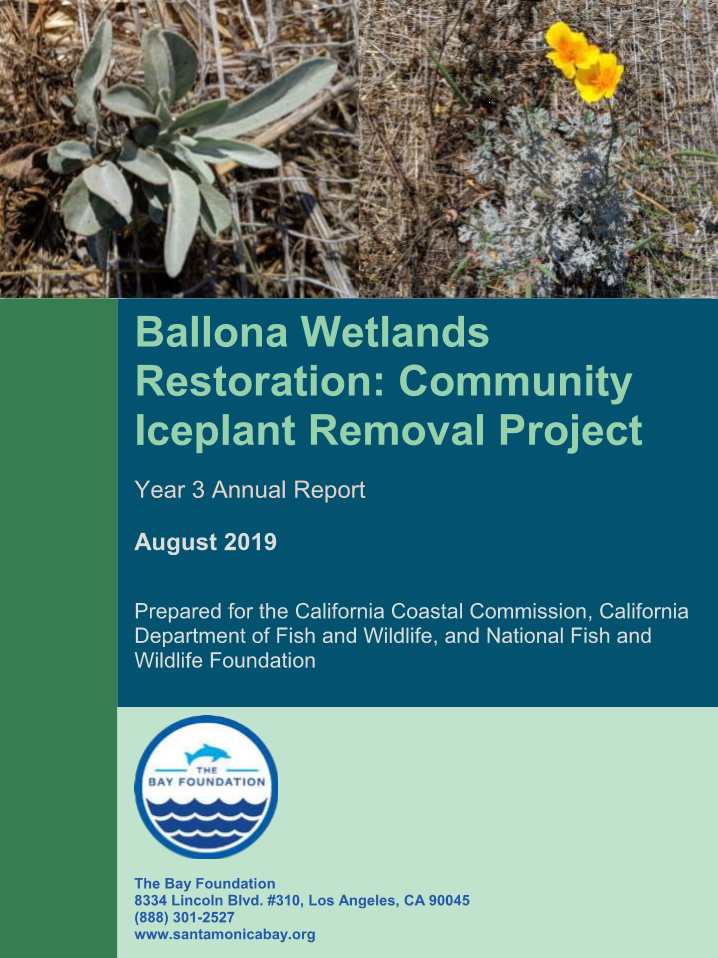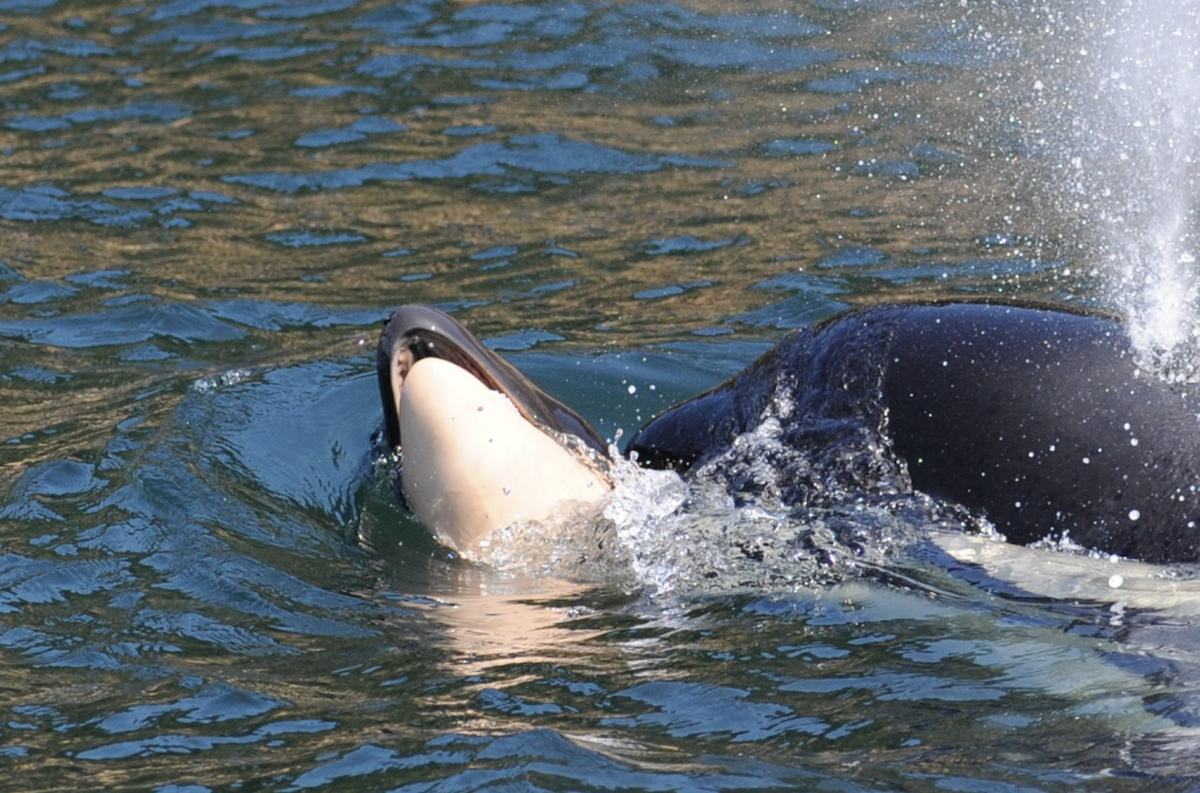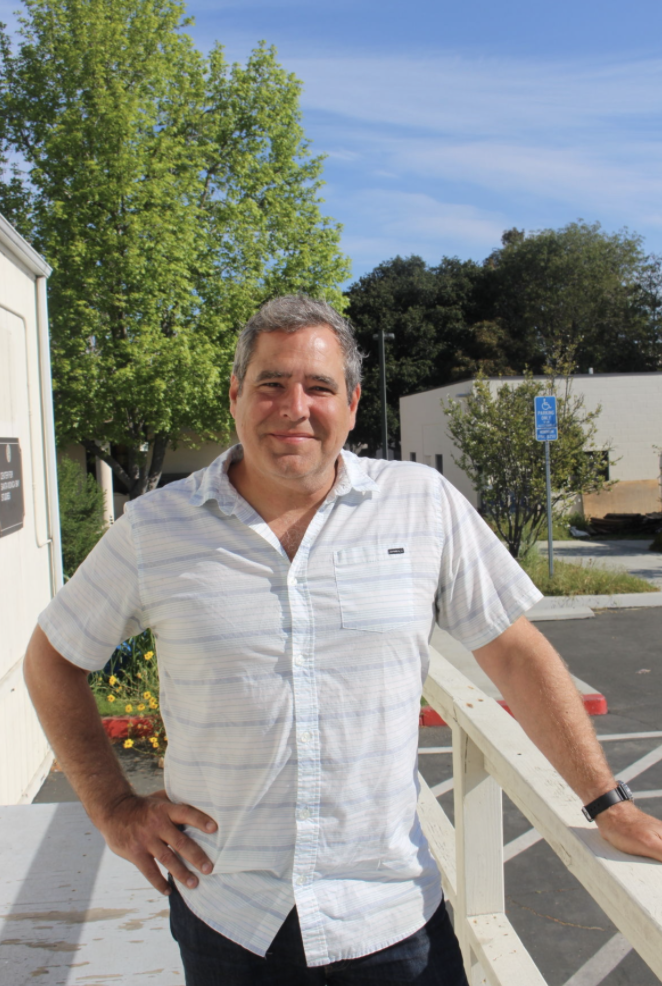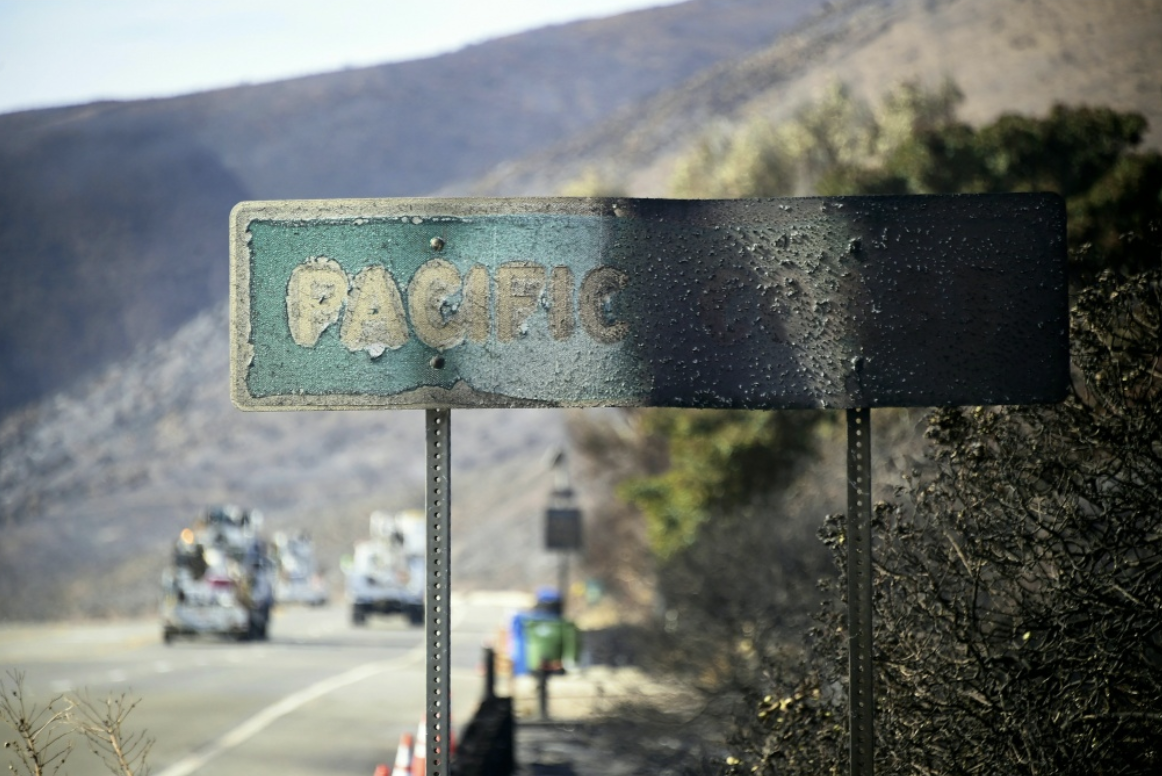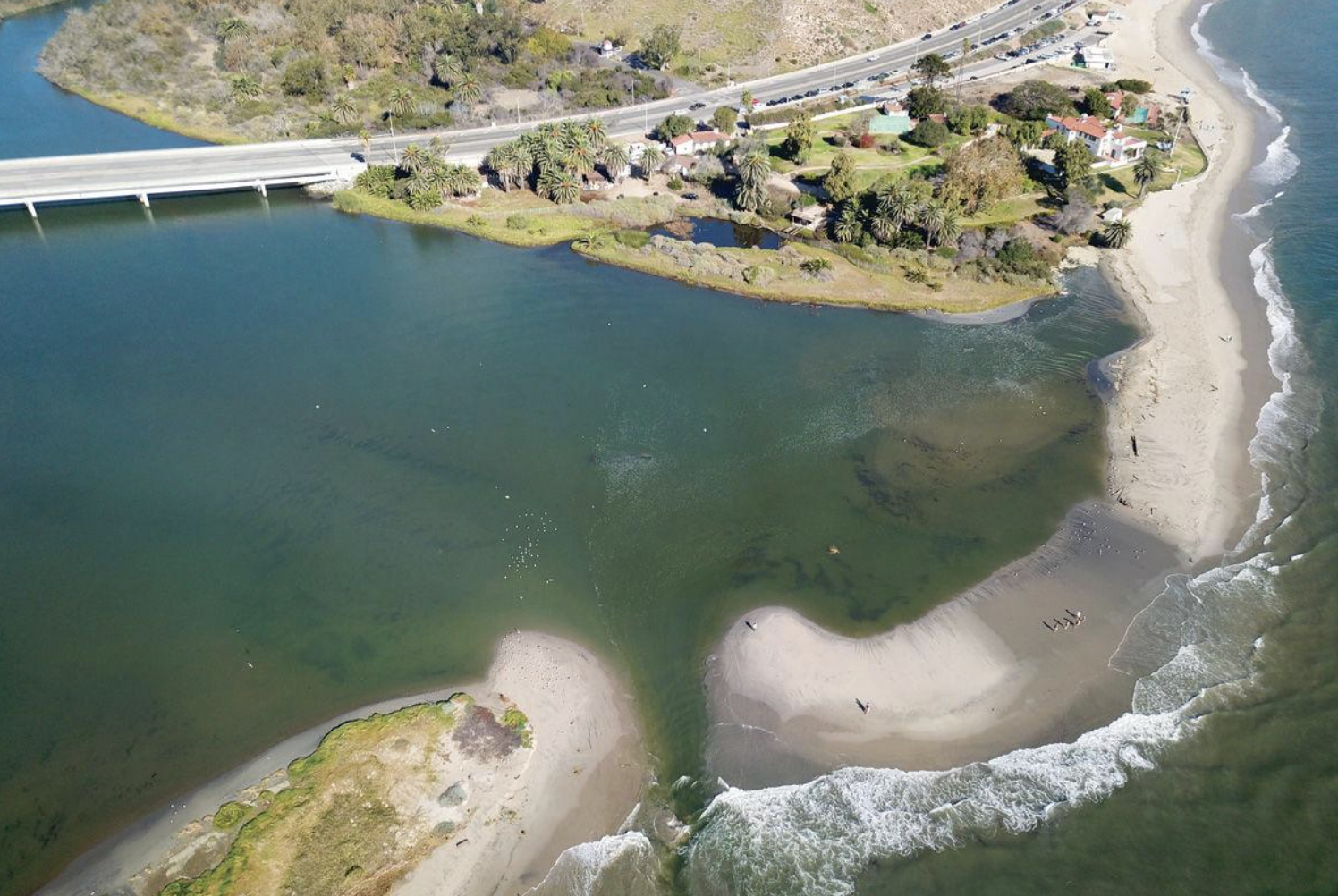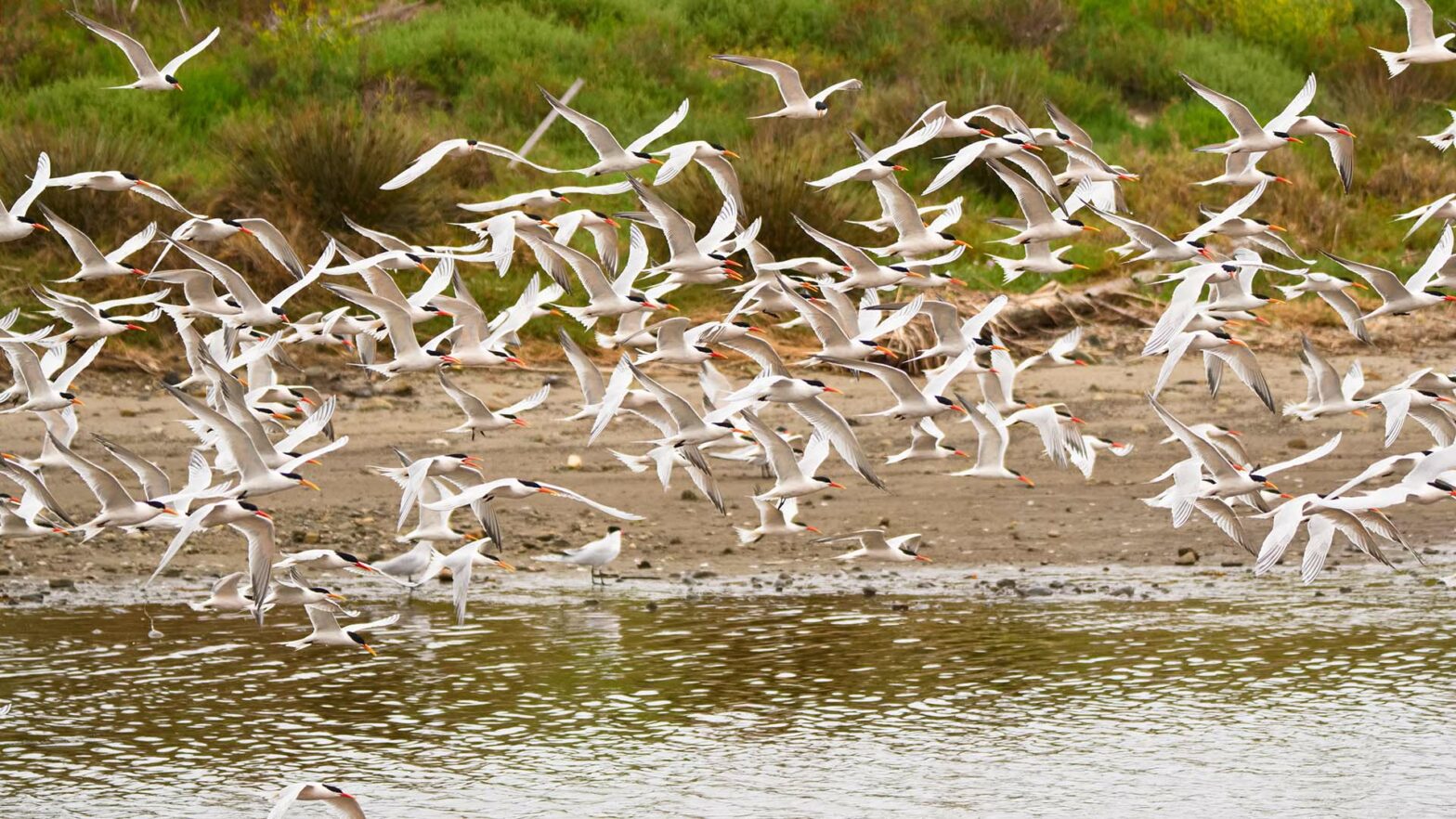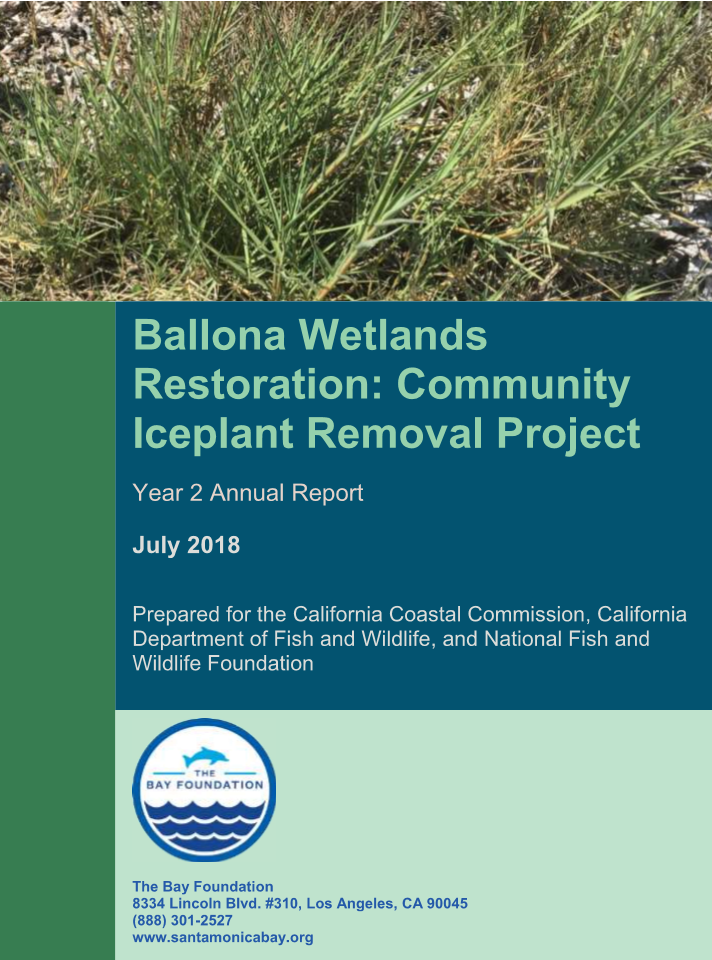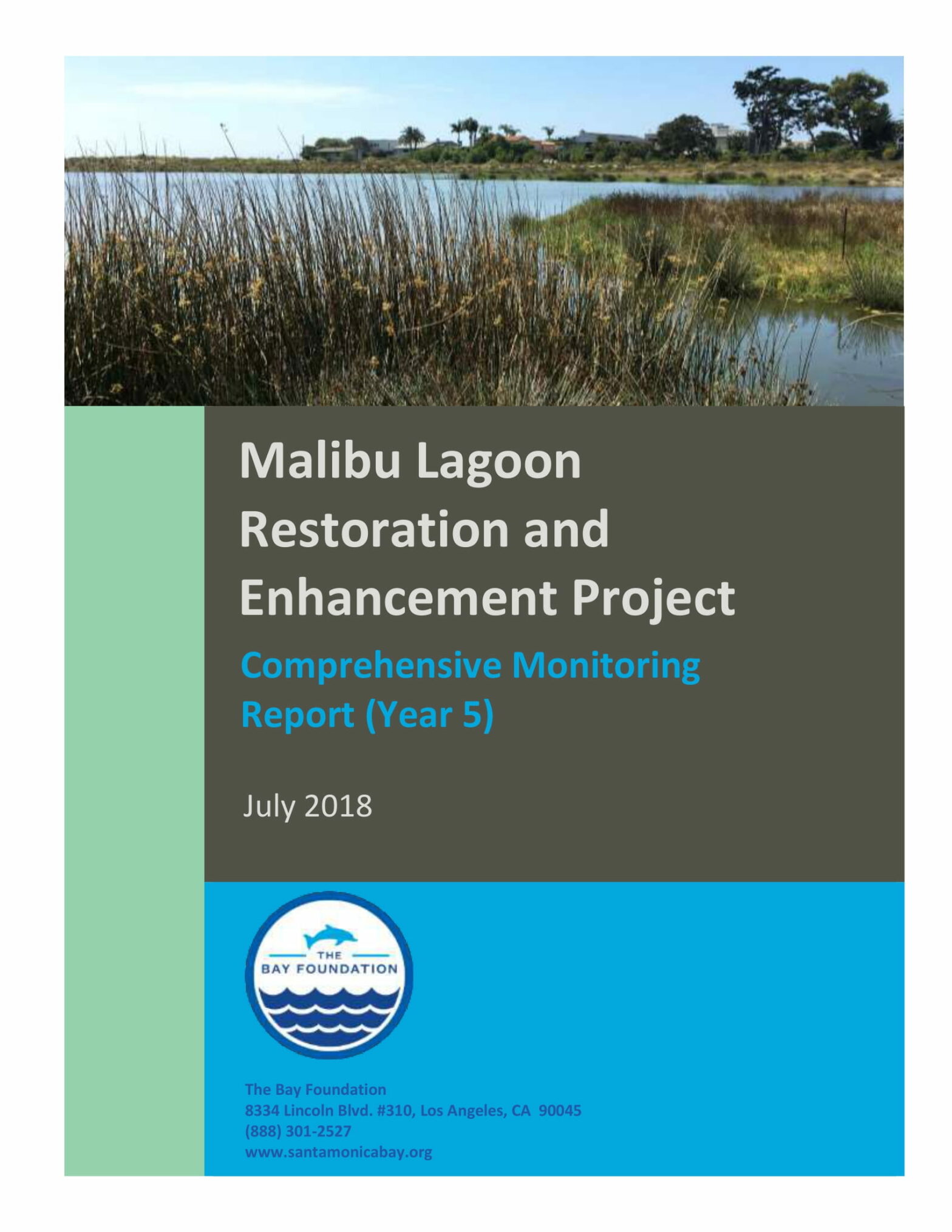The Malibu Lagoon Restoration and Enhancement Project was completed on 31 March 2013. This report assesses the post-restoration conditions of Malibu Lagoon across approximately six years of monitoring by evaluating a suite of parameters.
Topic Category: Revitalizing Wetlands
Ballona Wetlands Restoration: Community Iceplant Removal Project Year 3 Annual Report
The Bay Foundation (TBF), in partnership with California Department of Fish and Wildlife (CDFW), Friends of Ballona Wetlands (FBW), and community volunteers are conducting a project to remove invasive vegetation while broadening public involvement and stewardship at the Ballona Wetlands Ecological Reserve (Reserve). This report serves as the third annual report of the “Ballona Wetlands… Continue reading Ballona Wetlands Restoration: Community Iceplant Removal Project Year 3 Annual Report
Budget Cuts Will Devastate US Estuaries, Experts Warn
The House Subcommittee on Water Resources and Environment invited experts …to testify this morning against the Trump administration’s proposed 31% cut to the Environmental Protection Agency budget — a move that would cut nearly $650 million in funding for environmental and restorative efforts. One such effort is the National Estuary Program, which is composed of… Continue reading Budget Cuts Will Devastate US Estuaries, Experts Warn
12 Burning Questions with Tom Ford
Senior Editor Sami Leung sat down with Tom Ford, Co-Director of the Coast Research Institute, Executive Director of the Bay Foundation and a part-time faculty member teaching environmental science.
Malibu Lagoon After the Woolsey Fire
TBF’s Tom Ford is interviewed by A. Martinez of KPCC’s morning show, Take Two, about Malibu Lagoon and the Woolsey Fire. “In 2013, the project to enhance water quality and restore habitat conditions at the lagoon was completed, and long term scientific monitoring began. Since then, the nonprofit environmental group The Bay Foundation has hosted… Continue reading Malibu Lagoon After the Woolsey Fire
Woolsey Fire Could Have Lasting Impact on Malibu Lagoon
Now that the steep canyon hillsides above the creek are void of vegetation, what happens if landslides or heavy rain wash large amounts of sediment into the water? Local nonprofit The Bay Foundation has begun considering the effects, and how the fire could affect the landscape and the sediment flow to the ocean. The Malibu… Continue reading Woolsey Fire Could Have Lasting Impact on Malibu Lagoon
Woolsey Fire Threatens Malibu Ecosystem
The Woolsey fire has destroyed hundreds of homes in Malibu. …Though the city will rebuild, it will never be the same. The same may be true of Malibu’s abundant wild lands and famous shoreline. The fire burned through 83 percent of the Santa Monica Mountains National Recreation Area, or about 130 square miles, an area… Continue reading Woolsey Fire Threatens Malibu Ecosystem
Join TBF Volunteer Events to Protect Wildlife and Our Coastal Economy for Coastal Cleanup Day and National Estuaries Week
Nationally, our coasts and estuaries offer irreplaceable environmental benefits, and are worth nearly $1 trillion annually to the American economy. To support these resources, The Bay Foundation (TBF) will host three events in mid-September…
Ballona Wetlands Restoration: Community Iceplant Removal Project, Year 2 Annual Report
The Bay Foundation (TBF), in partnership with California Department of Fish and Wildlife (CDFW), Friends of Ballona Wetlands (FBW), and community volunteers are conducting a project to remove invasive vegetation while broadening public involvement and stewardship at the Ballona Wetlands Ecological Reserve (Reserve). This report serves as the second annual report of the “Ballona Wetlands… Continue reading Ballona Wetlands Restoration: Community Iceplant Removal Project, Year 2 Annual Report
Malibu Lagoon Restoration and Enhancement Project Comprehensive Monitoring Report (Year 5)
The Malibu Lagoon Restoration and Enhancement Project was complete on 31 March 2013. An evaluation of post-restoration conditions, through detailed physical, chemical, and biological monitoring components have resulted in several overarching trends. Find our more in this comprehensive report.
